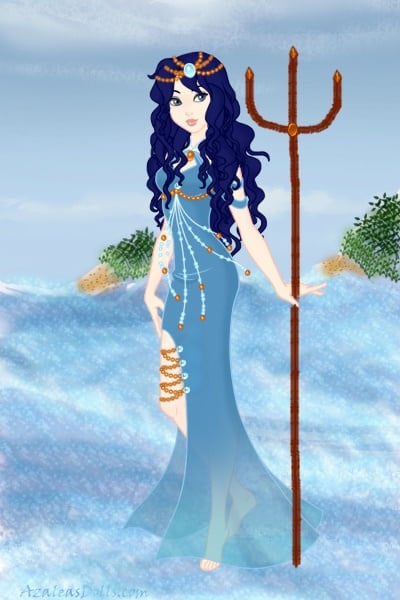Above are two fragments over what was left of Sappho's poems.
you spoke;
your hair is not less black
nor loss fragrant,
nor in your eyes is less light,
your hair is not less sweet
with purple in the lift of rock;
Below is a stanza from Doolittle's poem, 'Hermes of the ways'.
That a goddess flung from the crest
Of the wave the blue of its own
Bright tress of hair,
The blue of the painted stuff
it wore for dress.
In just one stanza and a fragment of Sappho's work, we can see that Sappho had definitely influenced Doolittle's work (a lot).
Both these poets use colors (purple and blue) as a descriptive word in their poems and they both use hair as a valuable asset to women.
Sappho's started writing in 600 BC - 2620 years ago today. Doolittle started writing in 1916, which is 2516 years from 600 BC.
The language still reminded the same and the way Sappho wrote her poems was a little different as you can tell in the picture that is cited on her biography page on this blog, but there are more similarities that structure.







